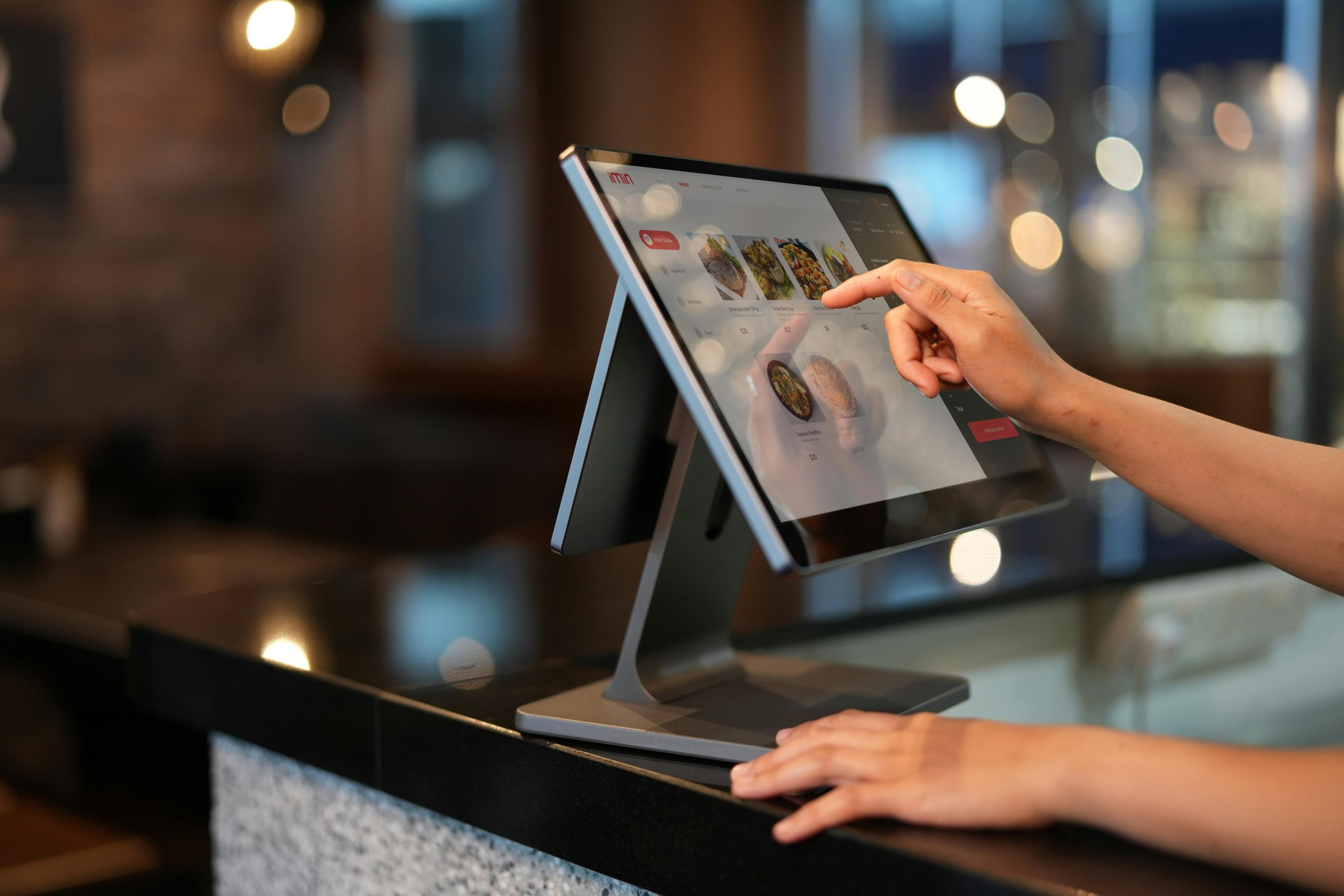Amazon plans to use data from its 160 million Prime subscribers to improve ad targeting to draw more shoppers to its platform during the holiday shopping season, using generative AI to help its sellers better target advertising.
LSEG analysts estimated Amazon’s advertising business will increase nearly $3 billion over last year’s fourth quarter to $14.2 billion as a result, Reuters reported
The potential has caught the eye of food sellers looking for any potential advantage as consumers rev up for holiday spending.
Nir Kshetri, marketing professor at University of North Carolina-Greensboro, told The Food Institute the food industry can use generative AI to enhance the value of their products.
“Food companies can leverage [generative] AI to offer supplementary, pertinent details like item-specific recipes, enhancing the post-purchase value of their products,” Kshetri said. “For instance, online food ordering company talabat Mart has developed ‘talabat AI’ using ChatGPT. Customers ordering through talabat Mart can use the tool to search for recipes and identify the ingredients.”
Enhancing Efficiency
Kshetri said generative AI can help companies to strengthen their value, among other processes to bolster efficiency and production.
“For instance, Instacart has incorporated a plugin for ChatGPT to further strengthen this value proposition,” Kshetri said. “Utilizing AI, the company provides personalized recommendations as customers add items to their intelligent shopping cart.”
Additionally, Instacart is conducting real-time tests of promotions, including two-for-one deals, to determine their effectiveness.
“Likewise, French grocery chain Carrefour has announced a plan to deploy three solutions based on OpenAI’s GPT-4 and ChatGPT: an advice robot to help shopping on carrefour.fr, description sheets for Carrefour brand products that provide details of every product on its website,” Kshetri added. “The chain’s ChatGPT-based Hopla helps customers with their daily shopping. Customers can ask for help in choosing products based on budget, their food constraints, or menu ideas.”
A Loyalty Program ‘Game-Changer”
“By segmenting customers based on their preferences and behaviors, brands can create personalized incentives, rewards and offers, leading to increased customer loyalty and enhanced business outcomes,” said Billy Chan of Data Analyst Guide.
For instance, through tailored ads and rewards, the Box app significantly boosted its user engagement and orders in Greece by 59% and 62%, respectively, compared to the previous year, Chan added.
Michael Cohen, global chief data and analytics officer at Plus Company, told FI point-of-sale data can help retailers evaluate marketing efforts to understand consumer reaction, enabling them to develop performant creative marketing campaigns and to optimize media plans.
Loyalty programs help to an extent, but Amazon’s breadth of data brings the analytics to a whole other level.
“Amazon is to a large extent a marketplace unto itself, and it sees the competitive dynamics of sellers and how people respond to its own offerings. Food retailers and brands would benefit from that additional level of analysis to optimize their campaigns to the right targets at the right moments during the holiday season,” Cohen said.












